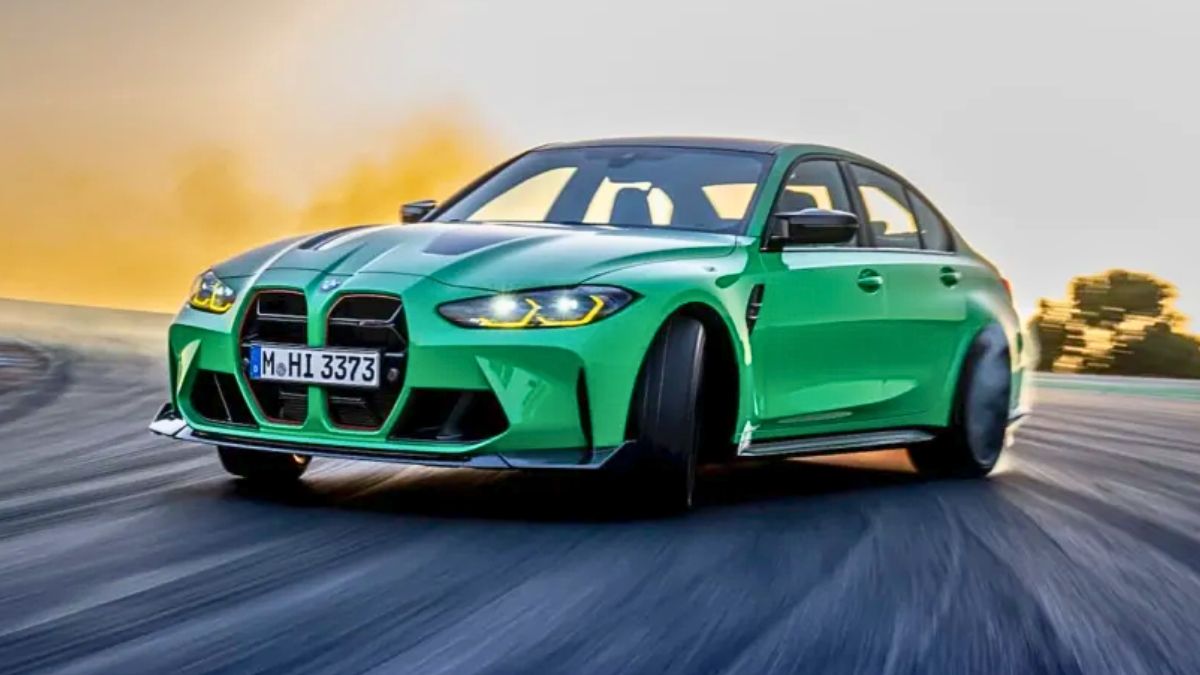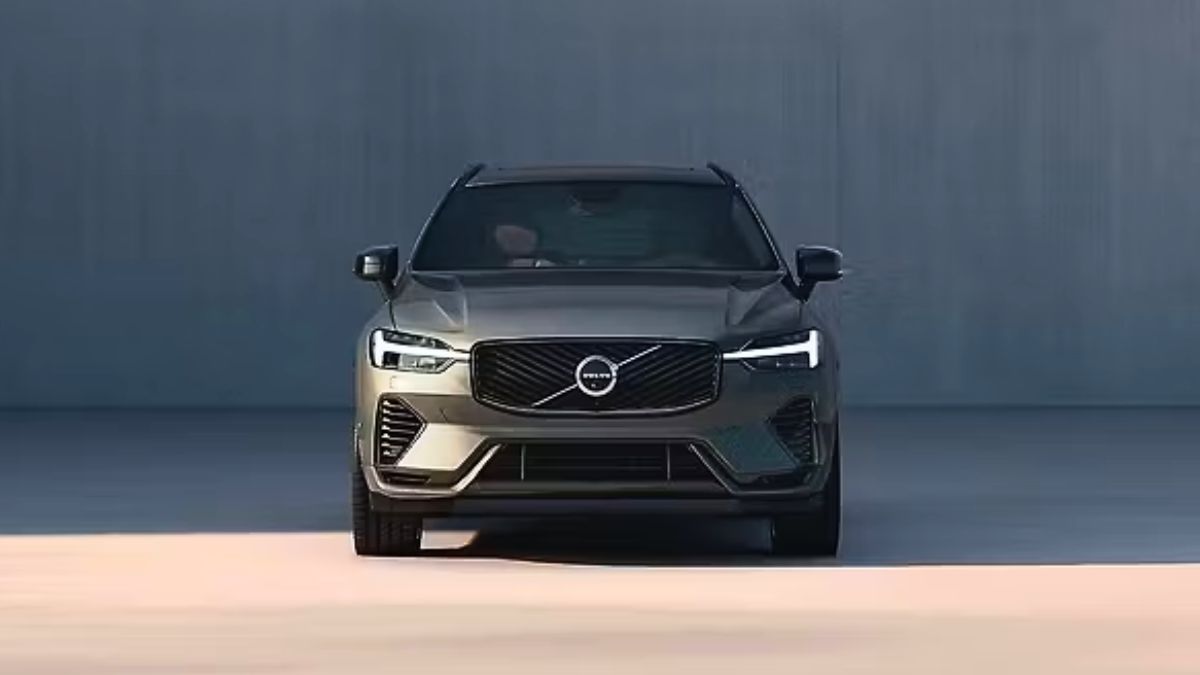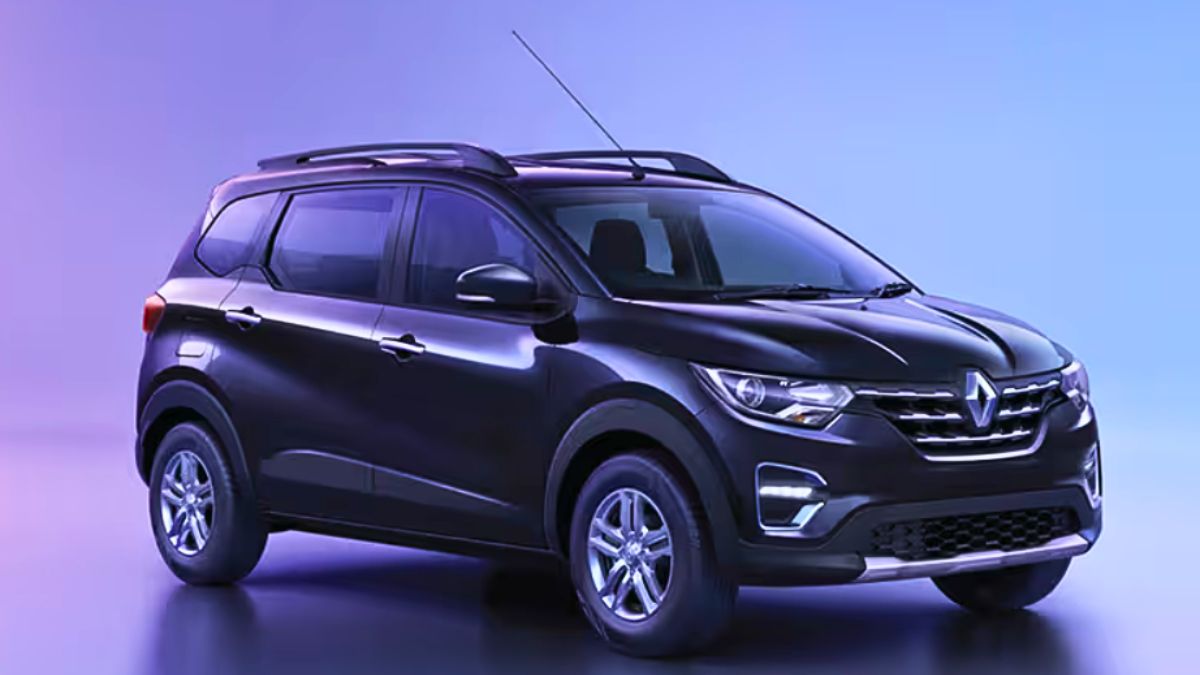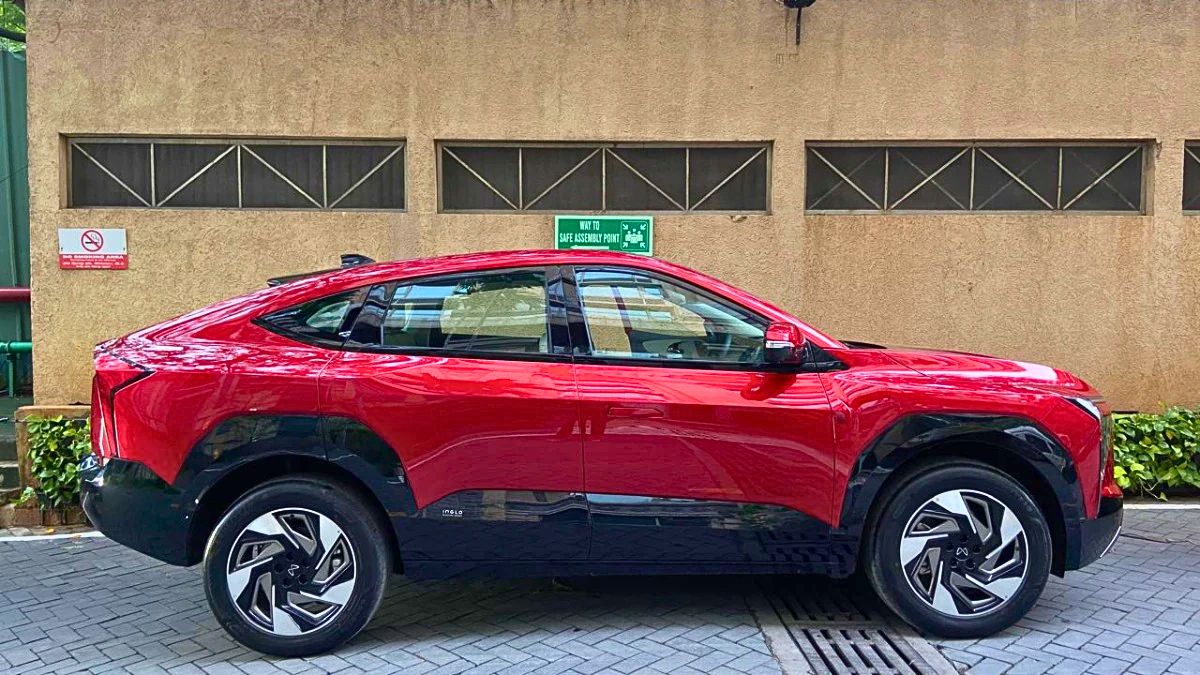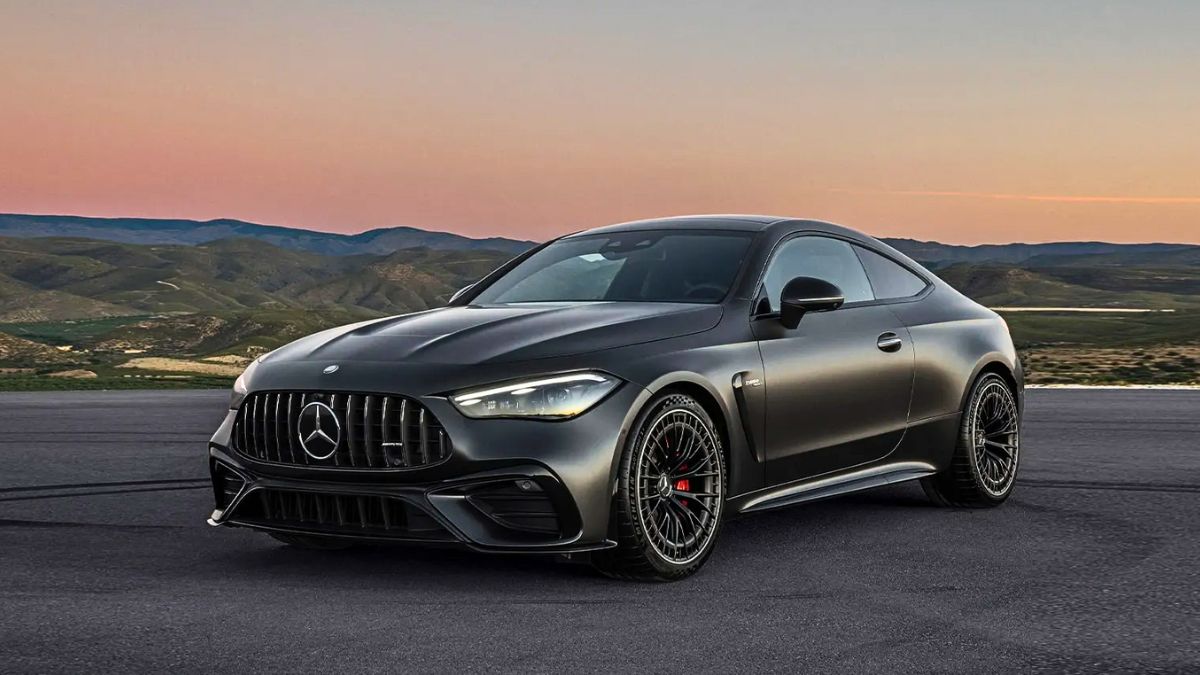BMW’s high-performance electric M3 has been stirring excitement for years, and it’s now edging closer to reality. Although it won’t officially arrive in dealerships until early 2027, BMW has already revealed some intriguing details about what this next-generation sports sedan will bring to the table. Here’s everything we know so far about the electric M3—and why it might just redefine the future of M cars.
Table of Contents
Design
Spy shots and early prototypes have shown a more aggressive design for the electric M3. Expect wider wheel arches to accommodate a more robust performance setup, hinting at both improved stance and handling. The new M3 will also break away from the ‘boxy’ flush door handles seen on models like the new 5 Series. Instead, it will feature a sleeker, more integrated design, contributing to better aerodynamics.
From the outside, this M3 looks more muscular than any previous version, with subtle design cues pointing toward its electric roots while maintaining the signature M car personality.
Brakes
BMW isn’t holding back in the braking department. The electric M3 will be equipped with massive brake discs that nearly fill the entire wheel diameter. These discs are drilled on both the front and rear axles, a move aimed at improving heat dissipation during high-speed driving or heavy braking.
These high-performance brakes suggest BMW is serious about making the electric M3 not just fast in a straight line, but incredibly capable on a racetrack as well.
Interior
The cabin won’t be a radical departure from other modern BMWs, but it will feature tech upgrades tailored for an M model. Among the highlights is a new-generation heads-up display that stretches across the base of the windscreen. This will likely show key driving data, navigation cues, and performance metrics in real-time, ensuring the driver remains focused on the road.
The interior is expected to blend luxury with sportiness—likely with M-specific seats, trim materials, and digital interfaces to match the performance-oriented DNA.
Powertrain
Here’s where things get really exciting. The electric M3 will come with a quad-motor setup—yes, four motors, one for each wheel. This isn’t just about speed; it’s about precision. Each motor will contribute to both propulsion and dynamic torque vectoring, meaning the car can shift between all-wheel drive, rear-wheel drive, or even adjust power individually to each wheel depending on traction needs.
BMW has hinted that this setup will deliver a staggering 600 to 650 bhp. That would make it the fastest M3 ever produced. Compared to the upcoming petrol-powered M3, the electric version will easily outpace it in both acceleration and responsiveness.
Launch
Although BMW is deep into testing, fans will have to wait until the end of 2026 to see the electric M3 revealed in full. Production models are expected to land in European showrooms by the first quarter of 2027.
This launch timeline gives BMW enough room to refine its electric powertrain and chassis dynamics, ensuring the electric M3 can uphold the legendary reputation of its predecessors while taking the performance sedan into a bold new era.
FAQs
When will the electric M3 launch?
It’s expected to debut in late 2026 and arrive in 2027.
How many motors does the electric M3 have?
It features four motors—one for each wheel.
Will there be a petrol version too?
Yes, but it will be slower than the electric version.
What’s the expected power output?
Between 600 and 650 bhp.
What’s unique about its braking system?
It has large, drilled discs on all wheels for heat control.
